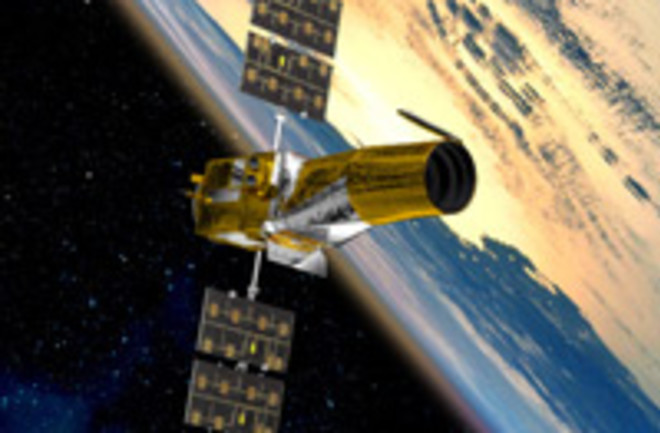The Hunt for Other Earths Heats Up
We could hit the jackpot by 2010.
Apr 10, 2007 5:00 AMNov 12, 2019 4:27 AM

The satellite contains a 10.6 inch telescope and an array of spectroscopic detectors to seek out rocky, Earth-like planets with the potential for habitability beyond our solar system. | (Courtesy of ESA)
Newsletter
Sign up for our email newsletter for the latest science news
0 free articles left
Want More? Get unlimited access for as low as $1.99/month
Stay Curious
Sign up for our weekly newsletter and unlock one more article for free.
View our Privacy Policy
Want more?
Keep reading for as low as $1.99!
Already a subscriber?
Find my Subscription
More From Discover
Stay Curious
Subscribe
To The Magazine
Save up to 40% off the cover price when you subscribe to Discover magazine.
Copyright © 2025 LabX Media Group
